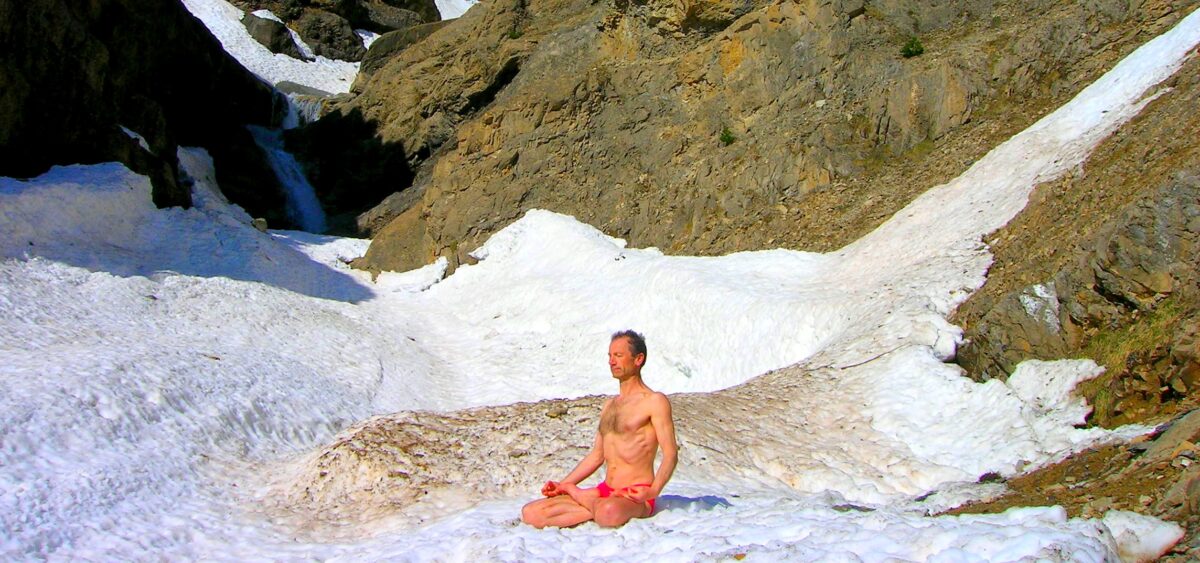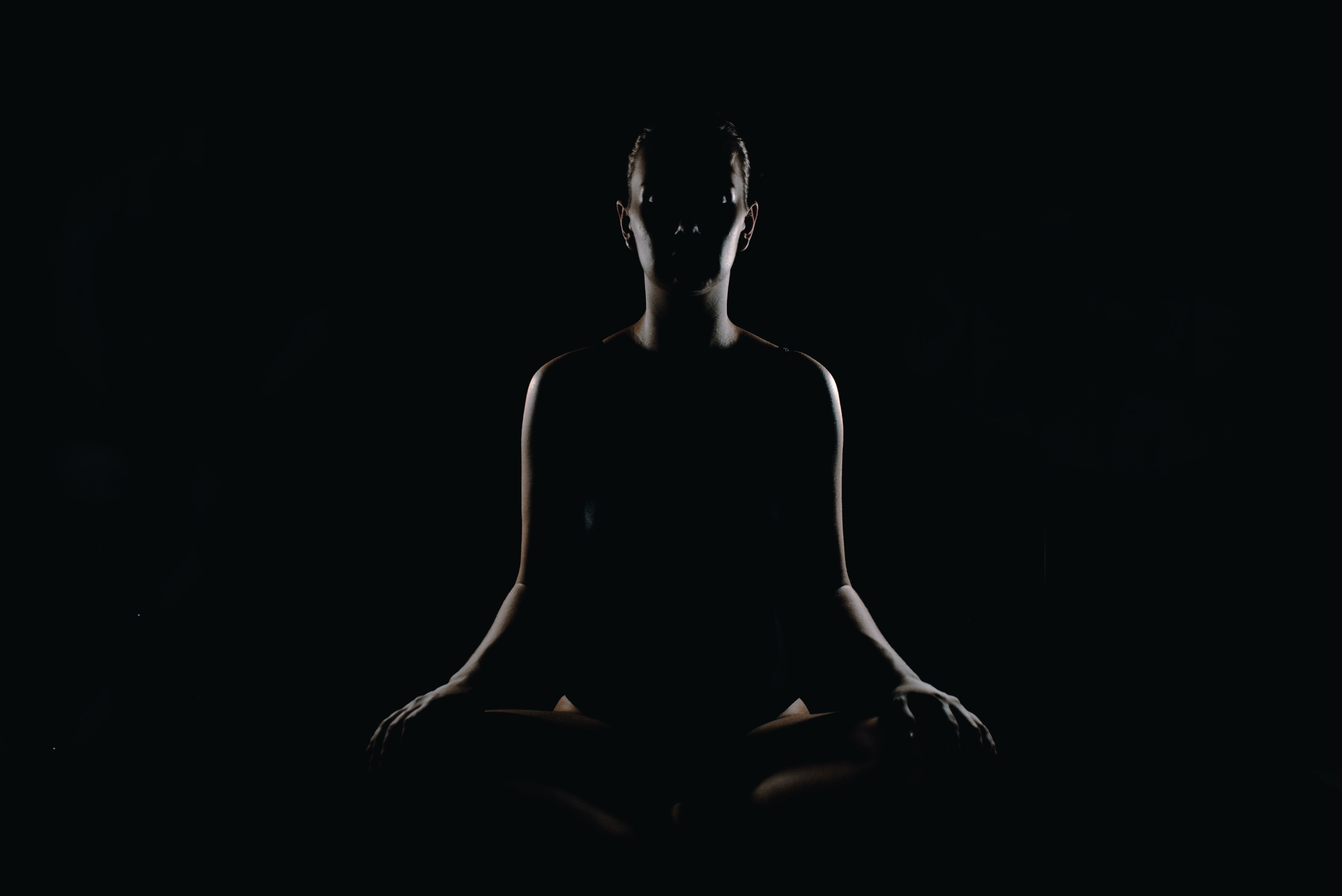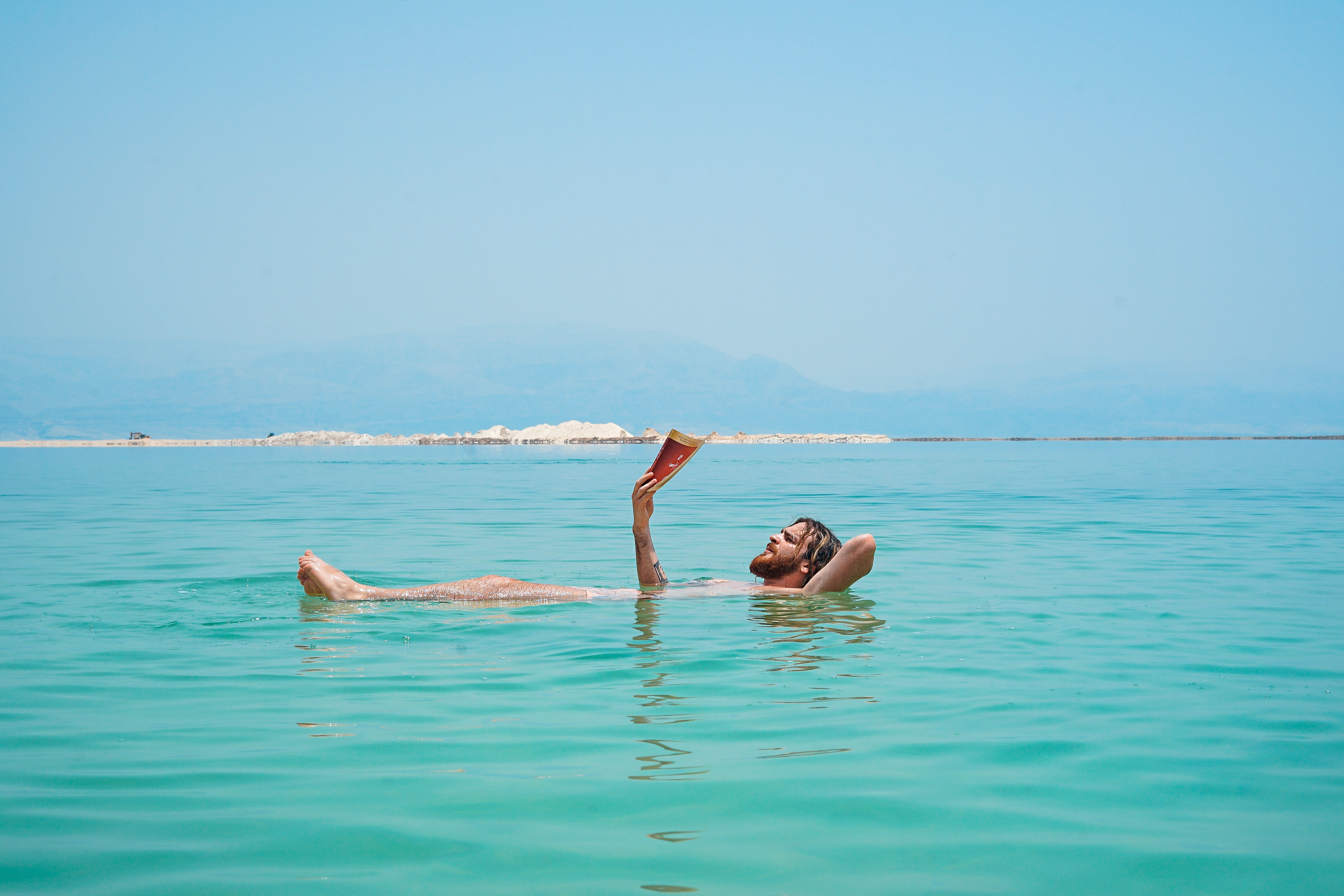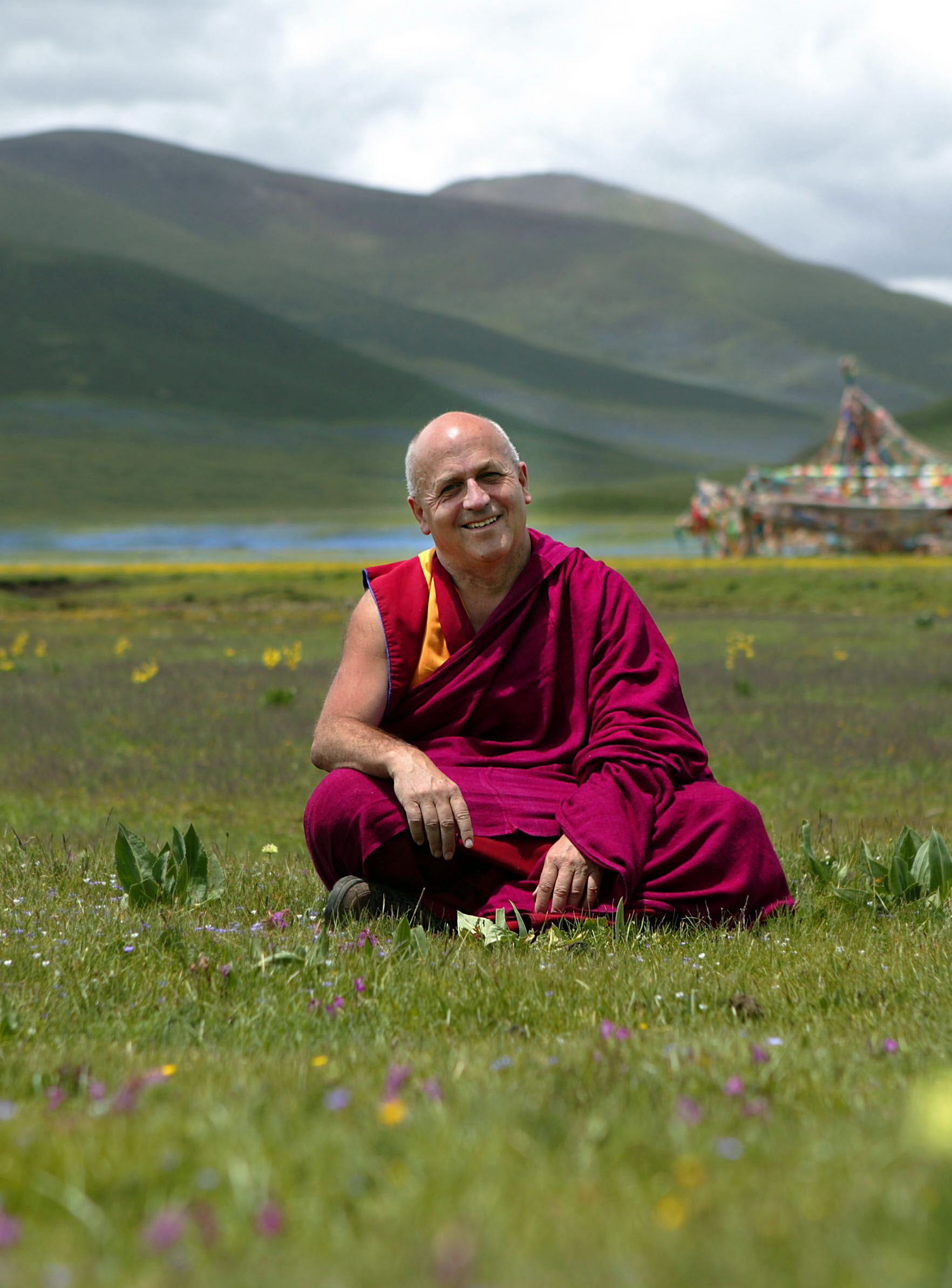
What is the cure for a sick soul? Yoga, of course. But this time practised in unusual conditions—in the snow or in a bathtub filled with ice.
The snow, the winter hurricane, on one side, and my light clothing, on the other, fought on the White Mountain. As it fell, the snow melted on me, changed into a stream. The roaring storm broke against the thin cotton robe that enclosed a fiery heat. The wrestler’s life-and-death fight can be seen in this place. And, having won the victory, I left there, for the hermits, An example demonstrating the great virtue of tummo.
These are the words of Milarepa, the famous Tibetan master of Diamond Way Buddhism, who lived at the turn of the eleventh and twelfth centuries. The ‘great virtue of tummo’ (tummo , g-tummo ) he talks of is a famous Buddhist practice, also known as Inner Fire Yoga. Tummo in Tibetan literally means ‘wild, angry’ energy, and inner fire. But the warmth in the adept’s body is only a side effect. The purpose of this meditation is to experience bliss and emptiness.
Mental Gymnastics
It is probably no coincidence that this fragment of Milarepa’s poem was quoted in the book Mystics and Miracle Workers of Tibet by a woman of inexhaustible inner energy, Alexandra David-Néel. In the course of her more than 100 years of life (1868–1969), this emancipated French woman, traveller and writer (and opera singer too!) visited, among other places, India, Japan, China and Mongolia. However, for her, the most important place she reached—probably as the first European—was Tibet. Disguised as a beggar, she even got to Lhasa, a city closely guarded against strangers.
David-Néel was so successful in studying Buddhism that she was awarded the dignity of a lama. In the aforementioned work (published in France in 1929), she described the years she spent in Tibetan monasteries from 1911–1924. Vividly, but without the fervour of a convert, she wrote about both the religion and culture of Tibet, and the enigmatic powers of mystics. In the chapter “Mental sports” she describes, inter alia, tummo meditation. She also lists its different forms: popular tummo, which arises spontaneously during “extraordinary states of delight and gradually wraps the mystic in the soft, warm cloak of the gods”; mysterious tummo, which makes life easier for a hermit in the mountain snows; and mystical tummo, which allows the meditator to feel the “bliss of paradise”.
Alexandra literally experienced tummo on her own skin, thanks to the advice of a venerable lama. “He told me to go to a secluded place, take a bath in an icy stream there, and spend the night meditating without rubbing my body or putting on clothes,” recalls the author. Later, she didn’t hide her pride in the fact that she hadn’t even sneezed after the experience.
Nakedness or a thin cotton robe is just one of the requirements of tummo practice. The location is also important – it must be outdoors, away from houses. In addition, one must fast before practice – no breakfast or hot drinks! Beginners may sit on a straw mat and advanced practitioners may sit directly on the snow or ice. The meditation begins with breathing exercises. Yogis believe that rhythmic exhalations help one let go of pride, anger, hatred, lust, laziness and stupidity. In turn, deep breaths can fill us with the spirit of the Buddha, the blessing of the saints, the five wisdoms, and all that is sublime and good.
Time for visualizations. According to Alexandra, the practitioner “imagines that there is a golden lotus flower on his body, at the level of the navel.” From within this blazing lotus shines the syllable of ram (some Tibetan mystics believe that, when correctly pronounced, it can light a fire) and, above it, the syllable has . The goddess Dorje Naljorma, with whom the meditator identifies himself, emerges from this second syllable. As you visualize each letter, your breathing becomes slow and deep. For yogis, inhalation is like a wind that kindles a fire within a person. “With his thoughts, the student is constantly following the fire, which climbs upwards along a vein called uma that runs through the center of the body,” explains the author of the book.
There are many more such symbolic arteries, via which the meditator distributes spiritual energy throughout his body. Uma is to be imagined as an ever wider channel, filled with fire, that grows so much that it eventually engulfs the entire world. The yogi then has the impression that he is sitting “in the middle of the glowing waves of an ocean of fire.” Gradually, however, all these visions fall into reverse. The fire weakens and the uma shrinks to the breadth of a hair. The mind plunges into emptiness; there is no longer any division into subject and object. All lust has been burned out. The meditator may also visualize the sun in both hands, on the soles of the feet, and below the navel. Rubbing ones hands or feet will fill the entire body with fire.
Nothing to Brag About
Mystical heat also produces physical warmth. Thanks to this, the monks could live in high-mountain caves, in the midst of the snow and ice, dressed only in a thin robe (or even naked). David-Néel describes the tests that tummo adepts had to pass. On a cold moonlit night, they would go with their teacher to a river or lake. Once there, if the lake happened to be frozen, they would open an ice hole. Then they would sit on the shore and wrap themselves in fabrics soaked in icy water. The students’ task was to dry the material with tummo meditation—not just once, but repeatedly, until dawn. In this way, the best students would dry the wet material 40 times. Another test was to sit in the snow and melt it with your own body heat. Of course, the greater the melting range, the higher the student’s advancement level. Although Alexandra ends her chapter with a modest confession of her own “extraordinary results” in the art of tummo, she also writes that true masters never boast of their powers. These are not the goal of spiritual development; merely a side effect of following the Diamond Way.
Once the Buddha met an emaciated yogi who had been living alone in the forest for 25 years. When he asked him what power he had achieved through this, the hermit replied with satisfaction: “I can cross the river by walking on the water.” To which the Buddha replied sympathetically: “Have you really wasted so much time on such nonsense? After all, a carrier would have transported you to the other side for a small fee.”
Tummo under the Magnifying Glass
The tummo technique and the functioning of the brain during meditation have finally become the subject of scientific research. The Yoga of Inner Fire was looked at in more detail for the first time by Herbert Benson of Harvard Medical School. In 1981, in Dharamsala, North India, he examined three monks who had already practiced tummo meditation for over six years. The yogis lived for 10 years in unheated stone huts at 1800 to 2800m above sea level. During Benson’s experiment, the Buddhists meditated for almost an hour. They were in a room where the temperature was only 5°C. Wet sheets were put round their shoulders. They dried them three times. Sensors attached to the bodies of the hermits showed that they could raise the temperature of their fingers and toes by 8.3°C. Benson concluded that it was a vasodilation effect, although he did not confirm this with his research. The hypothesis of accelerated metabolism, which would increase the energy in the monks’ bodies, was also rejected. Although the scientists observed that the body temperatures of the meditators increased, they were unfortunately unable to convincingly explain how this was possible.
Scientists looked again at the practice of tummo in 2012. Maria Kozhevnikov (also from Harvard Medical School) tested both experienced Tibetan monks and Western yoga practitioners. The latter only performed breathing exercises and tensed individual muscles, but did not use visualization. In this case, maintaining physical heat was difficult and short-lived.
In both experiments, the researcher measured not only body temperature, but also the meditators’ brain waves. In the vision-focused monks, the electroencephalograph showed an increase in alpha, beta and gamma waves. “The size of the temperature increase is significantly correlated with the increase in the strength of alpha during meditation,” wrote Kozhevnikov in her report “Neurocognitive and Somatic Components of Temperature Increases during g-Tummo Meditation: Legend and Reality”. She went on: “The results suggest that certain aspects of the tummo technique may help non-meditators learn to regulate their body temperature.”
Mind control through meditation, when practised over many years, has again proven to be an effective way to control the body. Everyone who, in a moment of stress, breathes quietly and deeply for a few minutes has learned that it is possible. By ‘feeling’ this relaxed breath, the brain ‘recognizes’ that there is actually nothing to be nervous about and slows the release of adrenaline, thus slowing down the heart rate. This is how a person calms down.
The Iceman
The most famous European master of controlling the body and mind is Wim Hof—the Dutch “Iceman”. He discovered the joy of being in icy water as a teenager. He then experienced a kind of inner awakening. His fascination with breathing, the cold and resistance to cold was so all-absorbing that he broke several records: the longest bath in ice cubes (he did this several times, usually monitored by cameras—his best result, almost two hours); climbing Mount Kilimanjaro only in shorts and shoes (and climbing Mount Everest in similar gear, ending up at 7400m above sea level), and a swim sixty-six meters under ice . . .
In interviews and training programmes, Hof highlights the positive side of exposure to cold temperatures and teaches tummo meditation. He argues that the cold has a good effect on anxiety and depression – it gave him strength and helped him survive the difficult time after his beloved wife’s suicide. The Iceman also claims that he can control his immune system. He willingly participates in scientific research projects to prove it. When he plunges into an ice bath (see the Wim Hof—Tummo video available online), his blood pressure rises, but his heart rate, which should increase in response to the cold, remains unchanged. It is thanks to tummo that Hof can control his vagus nerve, which is responsible for the work of the heart and digestive tract, as well as the respiratory and immune systems. This nerve also regulates the parasympathetic nervous system. Physiotherapists call it the ‘body-soul balance regulator’. They also argue that by breathing with the diaphragm, this system can be stimulated, thus reducing negative emotions and leading in turn to a healthier and longer life.
It is worth mentioning here a study conducted in 2011 by Peter Pickkers from Radboud University Medical Centre in the Netherlands. One of the subjects was Hof. He was injected with dead E. coli bacteria (coliforms), which in this form do not pose a threat to health, but should stimulate a reaction in the body anyway. They caused flu-like symptoms in the remaining study participants, while Hof felt only a slight headache.
The Dutchman thinks that anyone can learn to control their body and mind (or rather mind and body—according to Hof this is the correct order). He conducts workshops, including in his center in Przesieka in the Karkonosze Mountains. Like Alexandra David-Néel, he is eager to share his knowledge. His website says: “Our relationship with the world we live in has changed over time. Our lifestyle has disconnected us from the natural environment. Due to this disconnection, our eternal survival mechanisms are no longer triggered and we have lost touch with our inner power.”
Fortunately, we can awaken this strength in ourselves. Even if the phrase ‘inner power’ sounds a bit new age-ish, it’s hard to disagree with the Iceman. We have already forgotten what it is like to walk all day, regardless of the weather, to sleep in the open air (without inflatable mattresses, down sleeping bags and a smartphone), and to eat what we find in the forest. Instead of nature, we have chosen comfort and a sense of security. Thanks to this, we certainly live longer, but what about our quality of life? Of course, we do not have to sit half naked in the snow for hours, but it is certainly worth strengthening our body (which has become lazy in greenhouse conditions), as well as our weakened psyche. After all, the ancients knew that a healthy mind lives in a healthy body. Toughening ourselves up with cold, contact with nature and breathing exercises are great treatments for the common scourges of over-stimulation and stress.










